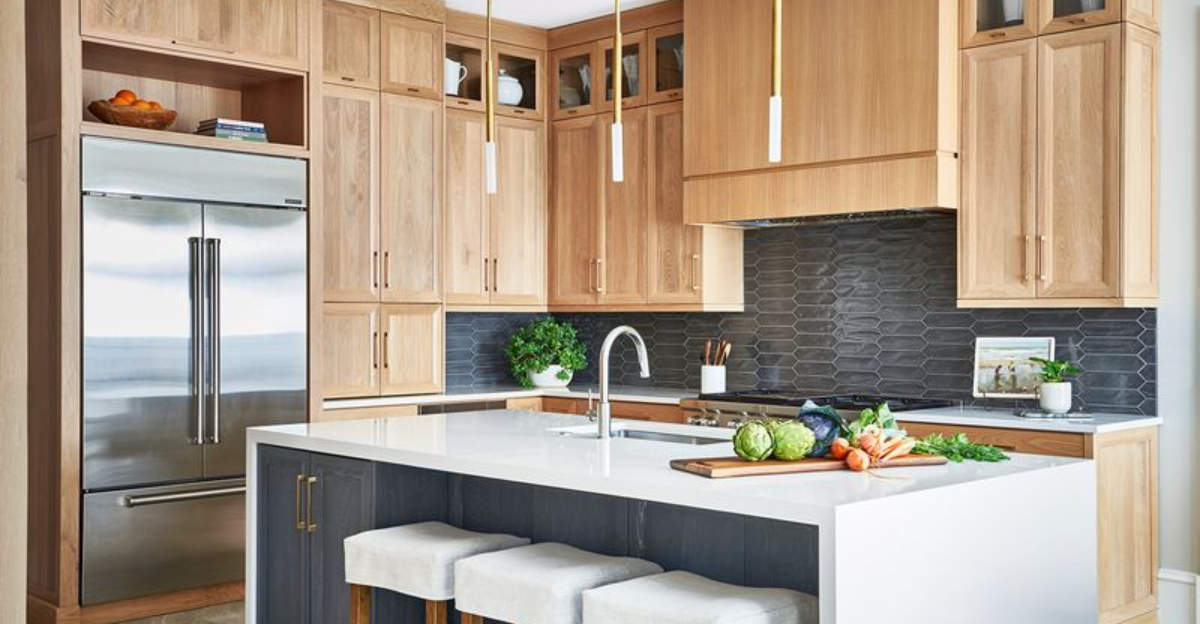Kitchens aren’t just cooking zones—they’re the heart of home life where we gather, gossip, and occasionally prepare actual food. Yet somehow, this crucial space becomes a magnet for our worst decorating decisions.
From impractical layouts to questionable color choices that make tomato sauce look like a crime scene, we’ve all committed kitchen sins that would make interior designers weep into their measuring tapes.
1. Skimping on lighting like it’s an optional extra
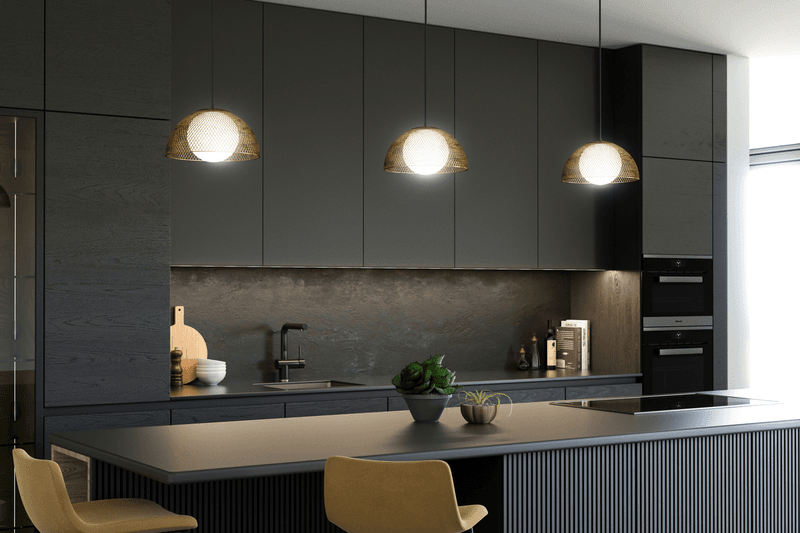
Darkness hides cooking disasters but also fingers. Many kitchens suffer from the lonely ceiling fixture syndrome, creating more shadows than a film noir movie.
Proper lighting requires layers: task lighting for chopping without losing digits, ambient lighting so the room doesn’t feel like a cave, and accent lighting to highlight those fancy cabinets you splurged on.
2. Going all-white everything (hello, food stains)

White kitchens look immaculate in magazines where nobody actually cooks. Reality check: tomato sauce splatters, coffee spills, and greasy fingerprints show up like neon signs on pristine surfaces.
Incorporating some pattern or darker elements in high-traffic or splash-prone areas saves sanity and cleaning time. Nobody wants to scrub cabinet fronts daily just because Pinterest said all-white was timeless.
3. Ignoring the work triangle completely
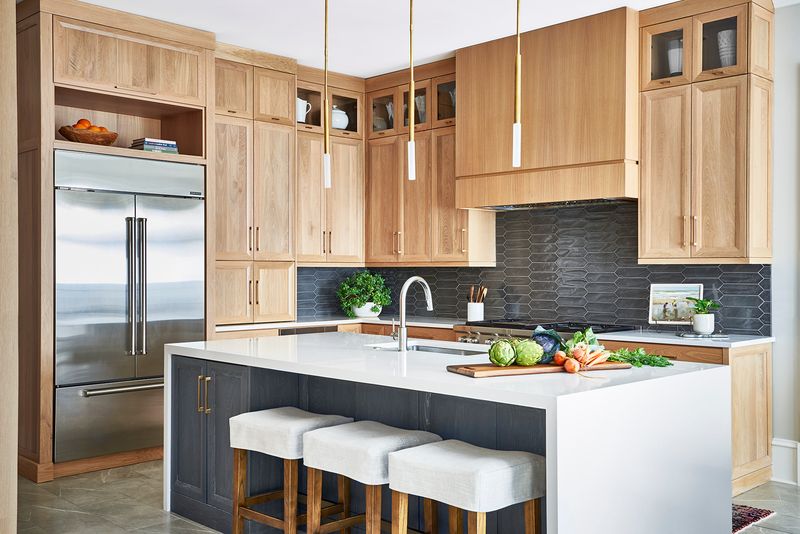
Kitchen layouts aren’t random design challenges—efficiency matters! When refrigerator, sink, and stove form a marathon route rather than a convenient triangle, cooking becomes an Olympic sport.
Functional kitchens keep these three elements within comfortable proximity. Without proper planning, you’ll walk miles preparing a single meal, dropping ingredients along your journey while muttering about whoever designed such torture chambers.
4. Choosing form over function for absolutely everything

Glass-front cabinets look magazine-worthy until panic sets in about organizing mismatched mugs. Open shelving becomes dust collection central. Farmhouse sinks make splashing inevitable.
Beautiful kitchens should actually work for cooking. Fancy faucets that can’t accommodate large pots or delicate countertops that stain when lemon juice touches them might photograph well but fail the daily use test spectacularly.
5. Falling for trendy cabinet colors that’ll look dated faster than avocado green
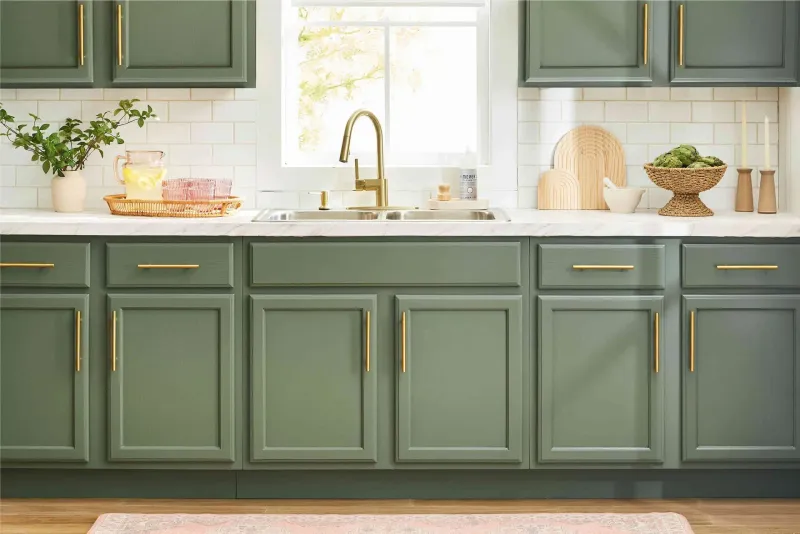
Remember when teal cabinets seemed revolutionary? Or navy blue felt eternally sophisticated? Trends fade faster than ice cream melts on hot countertops.
Cabinet renovations cost serious money and aren’t easily changed. Going wild with ultra-trendy colors guarantees kitchen regret within five years. Consider expressing personality through easily replaceable elements instead—wall color, accessories, or artwork won’t require demolition when trends shift.
6. Treating countertop space like it’s unlimited
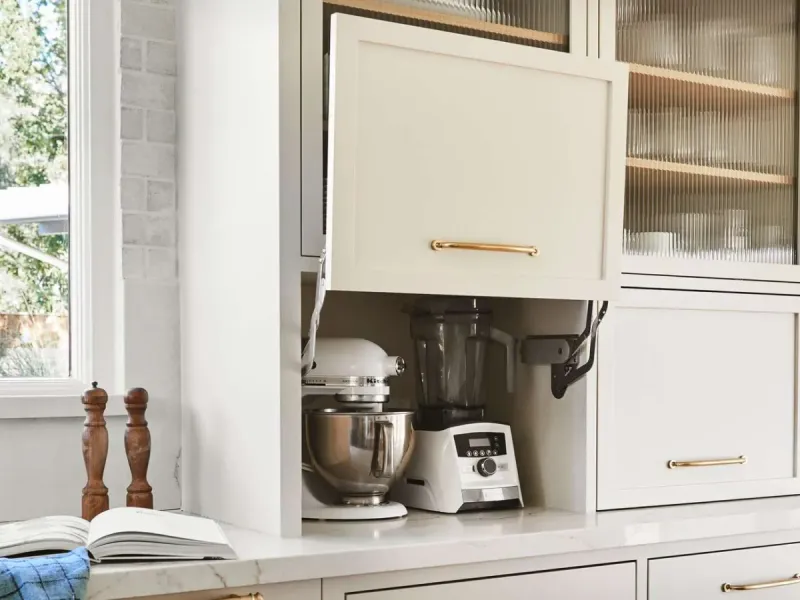
Appliance hoarding becomes apparent when countertops disappear under coffee makers, air fryers, blenders, and decorative cookie jars nobody opens. Suddenly, cutting vegetables becomes a balancing act worthy of circus performers.
Ruthless prioritization matters. Ask whether each item deserves precious counter real estate. Hidden storage for occasional-use appliances preserves workspace for actual cooking rather than creating obstacle courses that make meal prep feel like navigating through electronic retail stores.
7. Installing inadequate storage that couldn’t handle a takeout menu collection

Kitchens accumulate stuff faster than explanations at family dinners. Without proper storage planning, cabinets overflow while random items claim permanent countertop residence.
Smart storage solutions include deep drawers for pots, vertical dividers for baking sheets, and specialized organizers for spices. Forgetting about storage maximization means living with constant clutter or playing daily Tetris with cookware, neither of which improves culinary adventures.
8. Hanging pendant lights that double as forehead targets
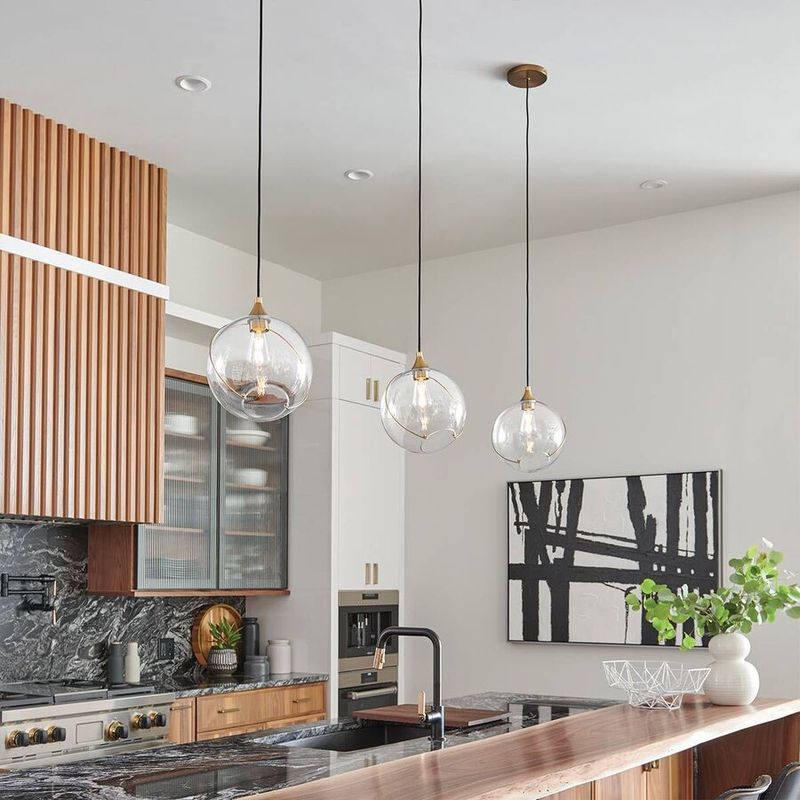
Gorgeous glass pendants suspended at exactly the wrong height become relationship-testing hazards. Too low and they’re forehead magnets; too high and they lose all purpose besides collecting dust.
Proper pendant height matters—generally 30-36 inches above countertops or 72 inches from floors. Ignoring these measurements guarantees either constant ducking or inadequate task lighting, turning simple cooking into either concussion risks or squinting competitions.
9. Forgetting ventilation until every meal becomes a smoke alarm test
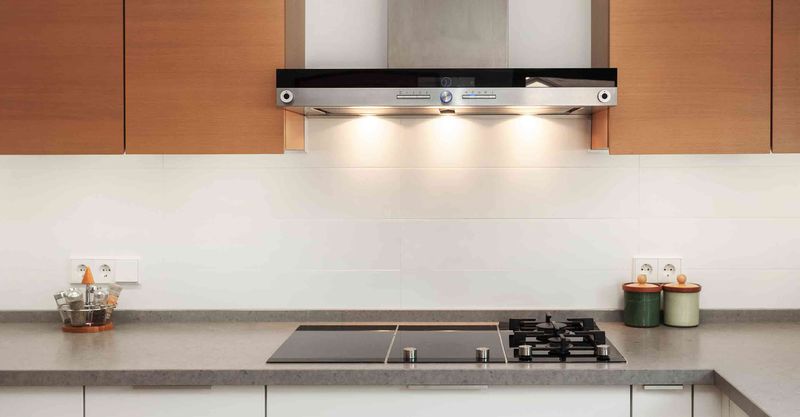
Cooking without proper ventilation transforms kitchens into fog chambers where smoke detectors scream regularly. Lingering cooking odors become permanent home fragrances, announcing last week’s fish dinner to everyone who visits.
Effective range hoods aren’t just decorative statements—they’re necessities. Underpowered or poorly installed ventilation systems fail at their primary job, leaving cooking smells embedded in curtains, upholstery, and eventually your very soul.
10. Choosing impossible-to-clean flooring (because mopping is apparently a hobby)
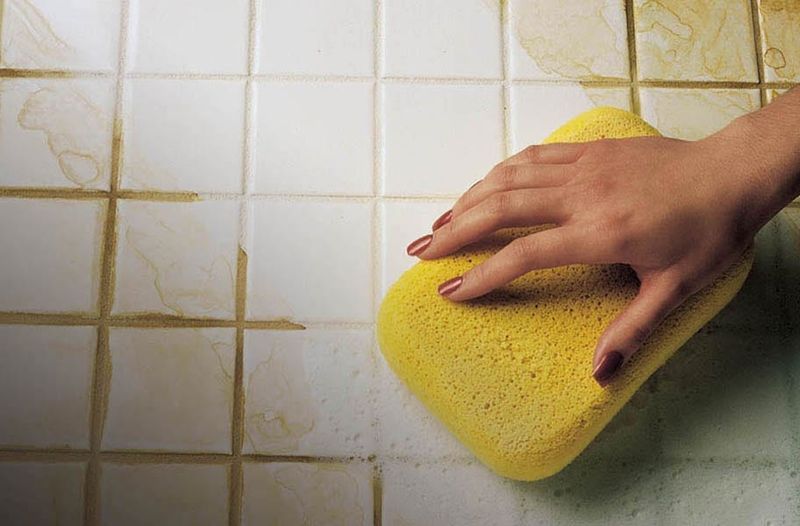
Textured ceramic tiles with grout lines wide enough to trap generations of food particles. White marble that shows every speck. Hardwood that warps when water inevitably spills.
Kitchens need practical flooring that handles real life. Selecting materials based solely on aesthetics without considering maintenance requirements creates cleaning nightmares. Nobody wants to spend weekends scrubbing grout with toothbrushes when durable, easy-clean options exist.
11. Making islands so massive they need their own zip code
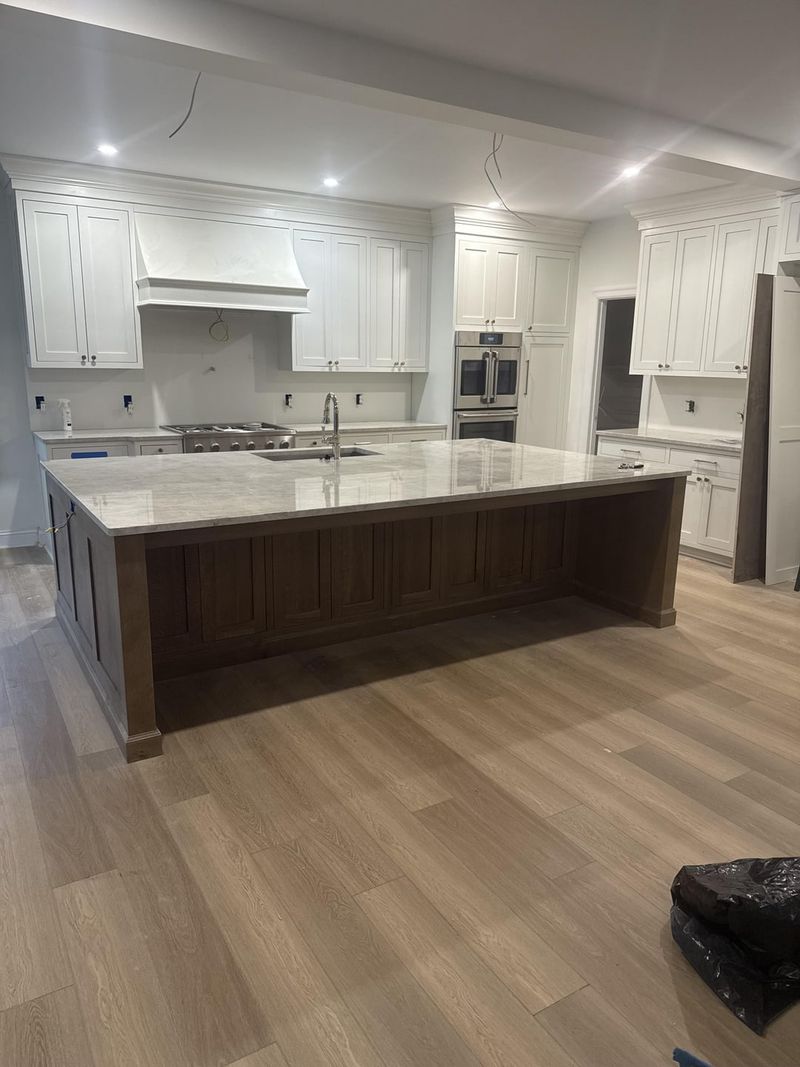
Oversized kitchen islands become architectural obstacles rather than helpful features. Walking around them requires planning routes like cross-country journeys.
Proper circulation space—at least 36 inches around all sides—matters more than maximizing island square footage. Ignoring clearance measurements creates bottlenecks during cooking and guarantees hip bruises from constantly bumping corners while navigating what should be functional space.
12. Buying appliances that fight with cabinet dimensions
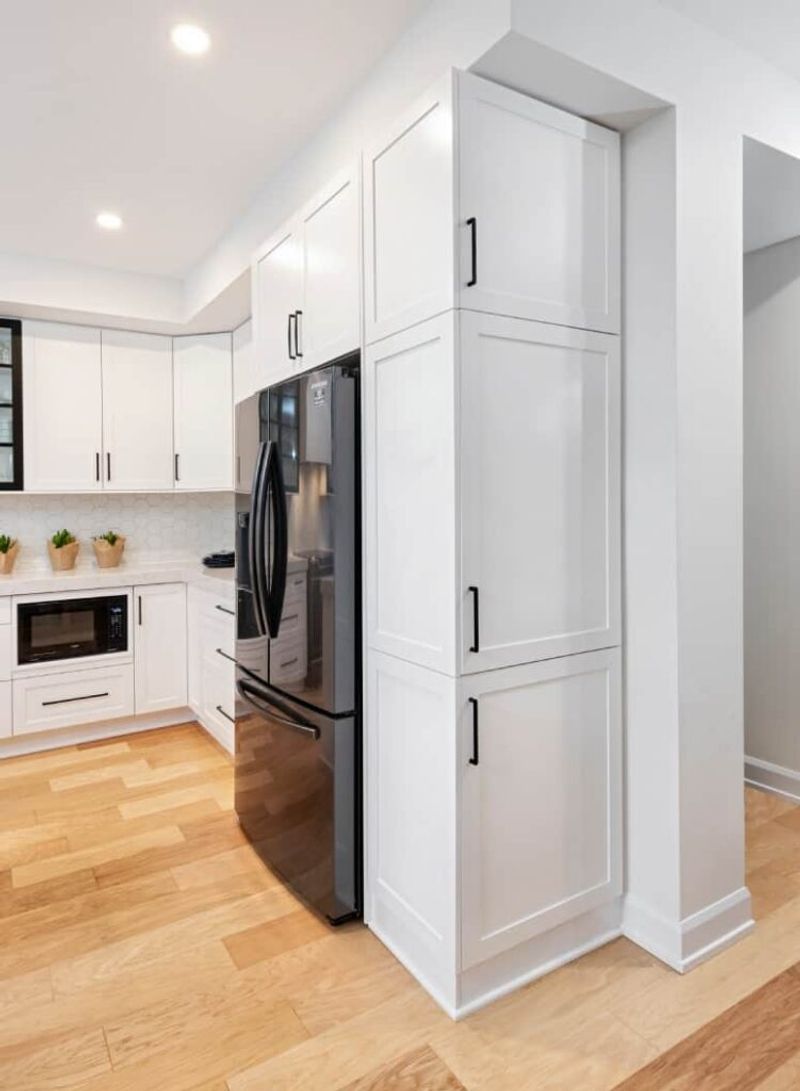
Refrigerator doors that can’t fully open. Dishwashers that block walkways when loading. Microwaves installed at neck-craning heights that make retrieving hot soup an extreme sport.
Measuring carefully before appliance shopping prevents spatial disasters. Ignoring clearance requirements or proper installation heights creates daily frustrations that no stainless steel finish can compensate for, no matter how fingerprint-resistant manufacturers claim they are.
13. Installing backsplashes that require microscopes to clean
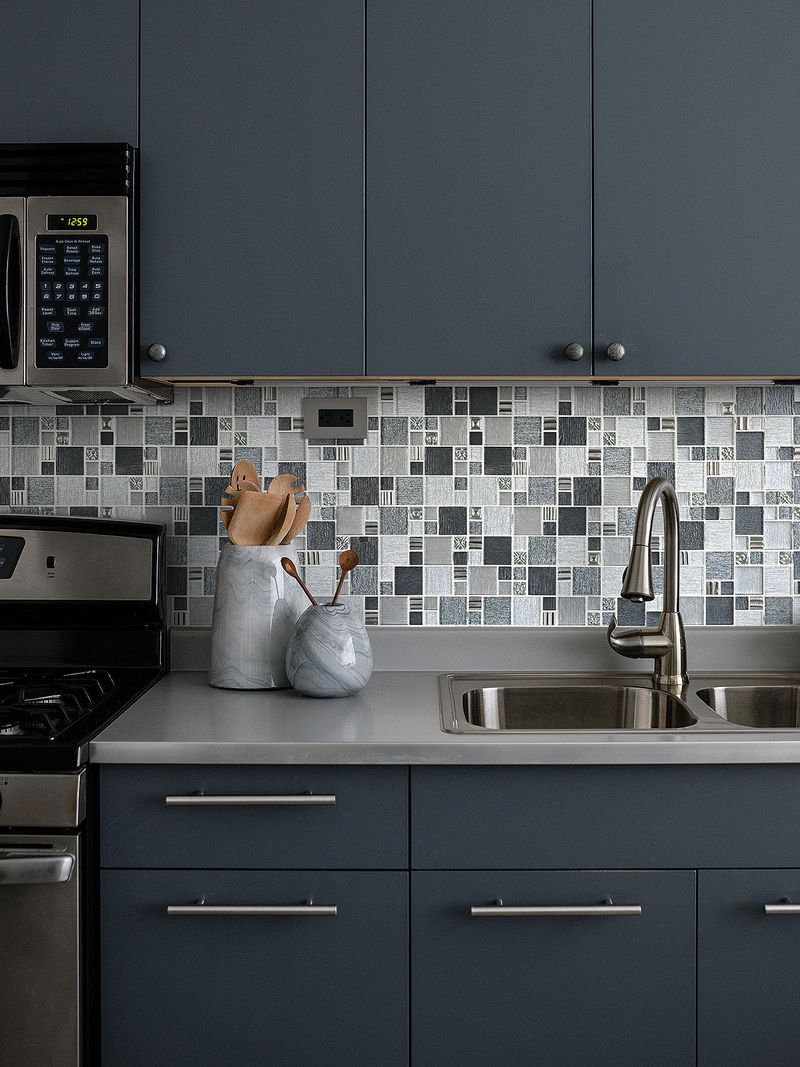
Tiny mosaic tiles create hundreds of grout lines where tomato sauce parties happen nightly. Textured stone catches grease like it’s collecting for future energy crises.
Backsplashes should protect walls while remaining cleanable without specialized tools or contortionist skills. Selecting intricate patterns without considering how spaghetti sauce splatters will interact with them leads to regretful scrubbing sessions and eventually accepting that some stains are now permanent design features.
14. Dismissing drawer organizers as unnecessary luxuries
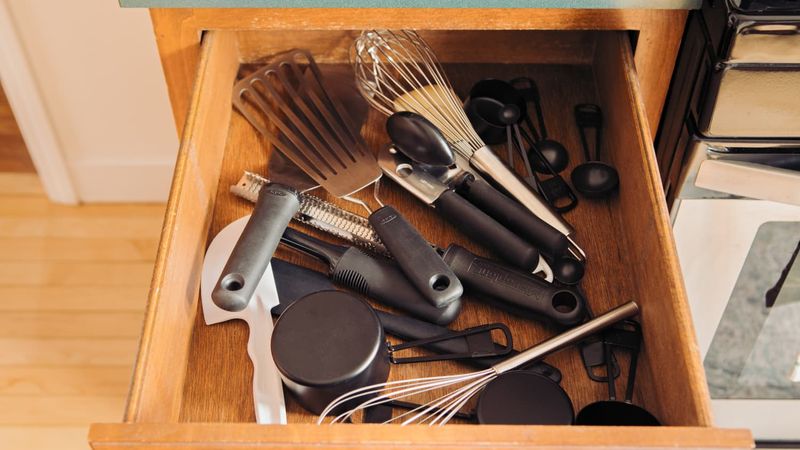
Cutlery drawers without dividers become archaeological dig sites. Utensil chaos means spending precious minutes hunting for measuring spoons while dinner burns.
Organization systems aren’t just for Instagram—they’re sanity preservation tools. Jumbled drawers waste time and create unnecessary stress during cooking. Simple organizers transform frustrating rummaging expeditions into efficient cooking workflows where items actually remain where they belong.
15. Creating dead corner cabinets where items disappear forever
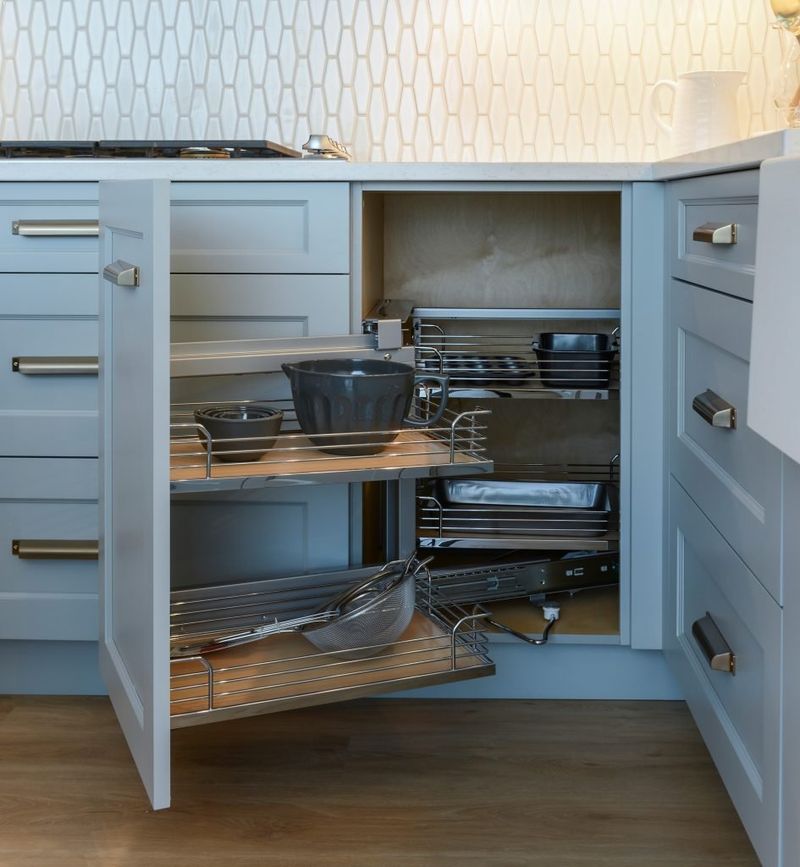
Corner cabinets without proper access solutions become black holes for kitchen equipment. Items entering never return without contortionist maneuvers or flashlights.
Lazy Susans, pull-out systems, or specialized corner drawers transform useless spaces into functional storage. Overlooking corner cabinet solutions means accepting that approximately 25% of expensive cabinetry becomes permanent storage for items you’ll forget exist until moving day.
16. Selecting knife blocks that take up precious counter space
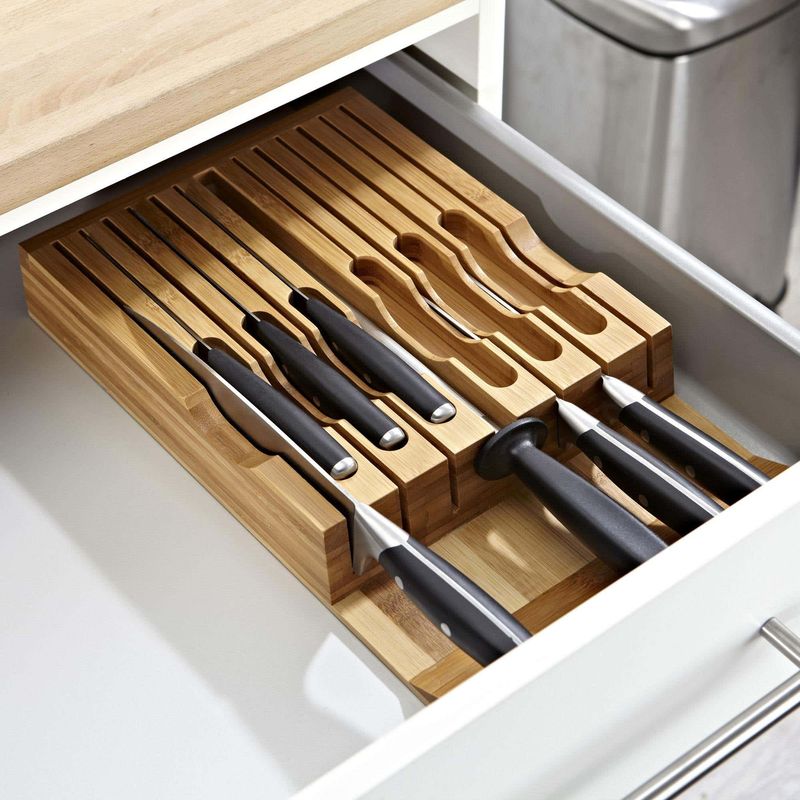
Bulky knife blocks consume valuable workspace while displaying knives that probably need sharpening. Meanwhile, drawer space sits empty, wondering why it wasn’t considered worthy.
Magnetic strips mount easily on walls, making knives accessible without sacrificing countertops. In-drawer knife organizers protect blades while keeping them hidden. Every square inch of counter matters in busy kitchens—using it for knife storage when alternatives exist makes little practical sense.
17. Hanging decorative items that interfere with actual cooking
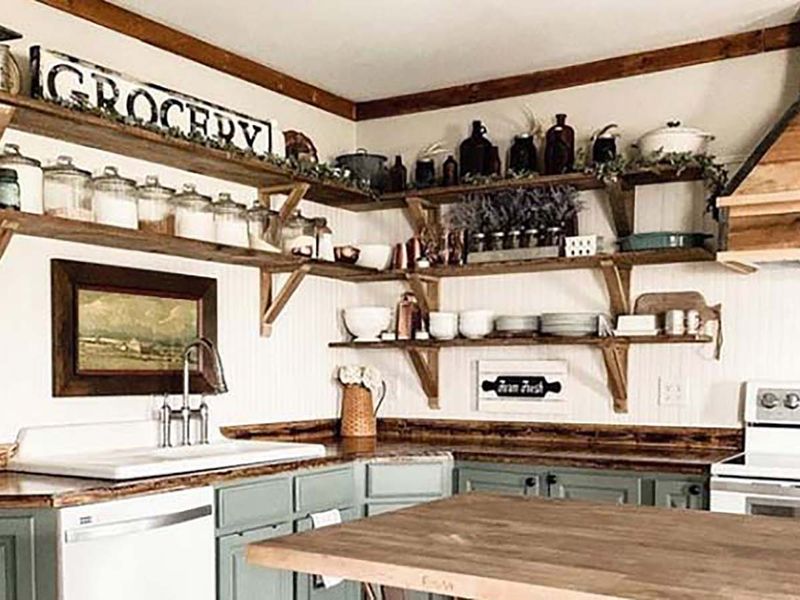
Decorative pot racks positioned where tall cooks risk concussions. Cute signs placed where they catch sleeves and topple into simmering pots. Hanging plants that drop leaves into food preparation areas.
Kitchens need decor that respects functional requirements. Decorative elements should enhance spaces without creating hazards or irritations. When form completely overrides function, kitchens become obstacle courses rather than efficient workspaces.
18. Choosing cabinets that require step ladders to reach top shelves
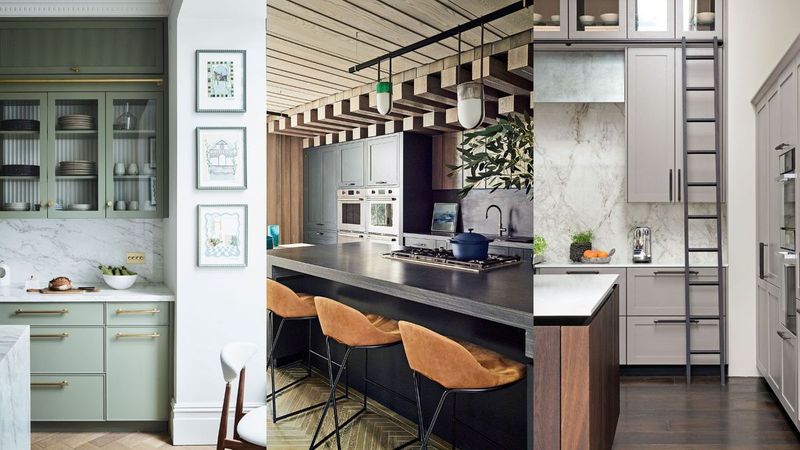
Upper cabinets installed at ceiling height create inaccessible storage zones unless you’re related to basketball professionals. Daily items stored there require mountaineering equipment to retrieve.
Accessible storage matters more than maximizing every vertical inch. While tall cabinets look impressive, practical kitchens keep frequently used items within easy reach. Upper zones should store seasonal or rarely used items unless step stools becoming permanent kitchen fixtures sounds appealing.
19. Underestimating outlet needs in our gadget-obsessed world
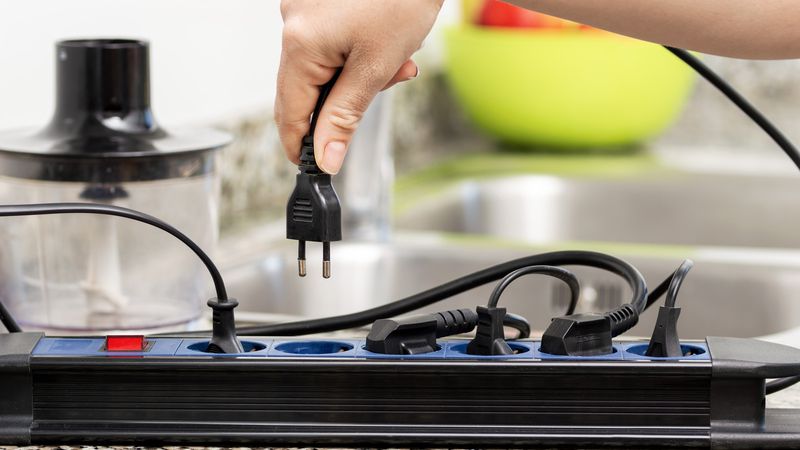
Three outlets for seventeen appliances creates power strip chaos and extension cord hazards. Coffee makers, toasters, blenders, and charging phones compete for limited electrical access in modern kitchens.
Strategic outlet planning during renovation prevents frustration later. Including USB ports and placing outlets where appliances actually live makes daily life smoother. Nothing says “poor planning” like unplugging refrigerators to use mixers because outlet locations weren’t properly considered.

